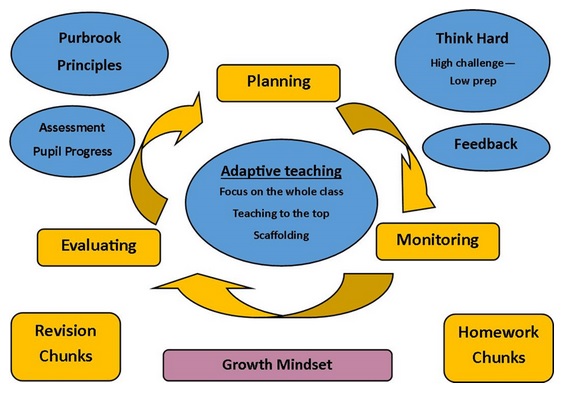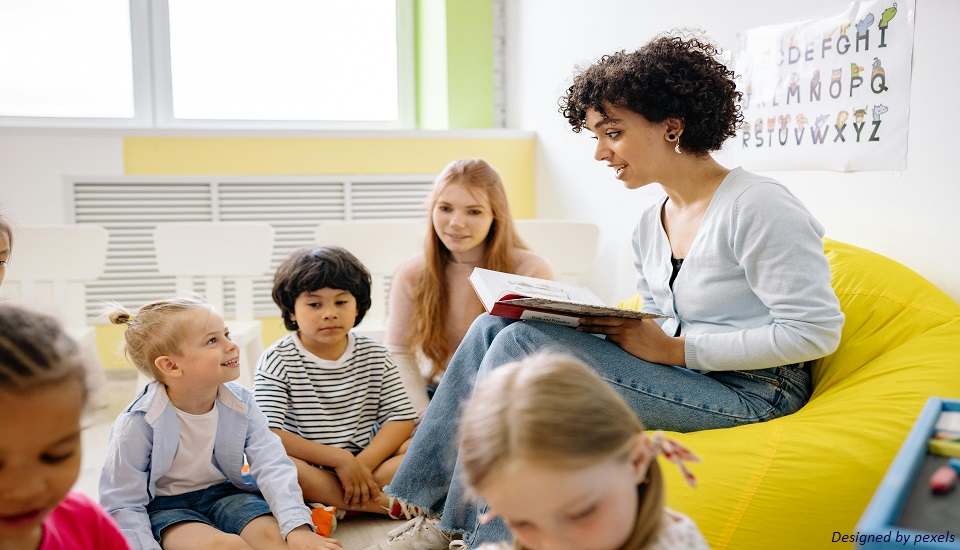Lesson adaptations for students with learning difficulties are crucial in today's diverse classroom to guarantee every student's chance for success. It might be difficult for teachers to satisfy all of their students' requirements, but for kids with learning difficulties to succeed academically, they need special attention. This blog will discuss useful tactics for adapting practices for students with special needs, and emphasize the need for specialized training courses for teachers.
Understanding Learning Disabilities

Source: structural-learning.com
Learning impairments are a broad category of illnesses that impair an individual's ability to process information, thereby decreasing the efficacy of typical learning techniques for them. Auditory processing problems, dyslexia, and dyscalculia are common learning difficulties. Instructors must understand that these limitations are a reflection of a student's specific learning requirements rather than their ability or potential.
Before you move to the topic, can we ask you a quick question? Do you follow us on Social Media? If not, then you’re missing out on a lot of informative content. We regularly share upgraded educational content, tips, feedback, and more. Check us out by clicking the profiles here - Facebook / Twitter / LinkedIn / Pinterest / Instagram / YouTube
10 Strategies For Adapting Lessons For Students With Special Needs
If you are wondering what are some of the teaching strategies that might help your students with learning disabilities, here are some you can adopt:
1. Differentiated Instruction
Adapting lessons to each student's unique requirements is known as differentiated instruction. This might entail giving learning-disabled pupils more visual aids, breaking complicated instructions into smaller, more manageable stages, or giving them more time to do assignments. It is ensured that all students may obtain the content in a way that suits them best by using a variety of instructional approaches.
2. Use Of Technology
Technology may be a very useful tool for customizing instruction. The use of interactive applications, audiobooks, and text-to-speech software are examples of assistive technology that can improve curricular access for students with learning difficulties. With the aid of these resources, students may interact with and comprehend the subject matter in different ways.
3. Multi-Sensory Learning
Using multisensory learning strategies can be especially advantageous. This method helps to reinforce learning by appealing to several senses at once. For instance, pupils might recall material better when visual aids are combined with practical exercises and spoken directions.
4. Encouragement And Positive Reinforcement
It's crucial to create a welcoming climate in the classroom. Encouragement and positive reinforcement can increase pupils' self-esteem and drive. Giving constructive criticism and acknowledging little accomplishments can make learning-disabled pupils feel competent and important.
5. Collaborative Learning
Peer-assisted learning and group projects can both be beneficial. Social engagement and the chance to pick up knowledge from peers are typically beneficial for students with learning impairments. In the classroom, this cooperative method may help promote a feeling of inclusion and community.
6. Present Adaptable Information
Everybody learns differently. Certain senses are stronger than others for people, especially those who struggle with learning. It is your responsibility as a teacher to find those and use the same methods to tutor your students.
These may be accessed through the three main learning modalities kinesthetic, auditory, or visual. Additionally, you may modify your teaching methods based on their stronger points. For example, you can use podcasts, visuals, and videos to assist them, or you can assign them little assignments and provide them with practical experience.
7. Probe Regularly
Everybody should read over their revisions and reminders; as always, practice makes perfect. Many people adopt the practice of taking an online lesson every other day to revise following an offline session. They would stay up to date on the subject and become acquainted with various learning environments in this way.
8. Encourage Independent Practice
Let kids make mistakes and pick up knowledge on their own. Don't give everyone the spoon. Give them room and time to experiment on their own once you have introduced them to particular subjects or methods. They will find things more engaging and develop patience via experimentation.
9. Incorporate Mnemonics
Using mnemonic devices to educate is another successful teaching technique. This learning approach makes learning easier by using a variety of signals to improve retention and retrieval. However, it is your responsibility as a teacher to ensure that the memory tricks you select are truly simple for students to recall.
10. Model Behaviour
Recall that impact is more important than everything else. They will remember what you do and demonstrate for a longer period than what you tell them to do. Indeed, as they say, deeds speak louder than words. Engage in activities with them. Allow them to participate while demonstrating your support for them on this journey.
Help Special Needs Students Meet their learning Objectives
Teachers may significantly impact students' academic and personal lives by emphasizing these changes and maintaining their professional growth. Finally, as educators who have pursued Special Education Courses, you need to keep in mind that this is not at all difficult. All it takes is a few well-chosen teaching techniques, commitment, and perseverance to effect meaningful change.
We believe education should be accessible for everyone. That’s why we don’t charge for our blogs. Find the right course that will help you in your career with us, contact us at - 1800–212–6400. You can mail us at act@asiancollegeofteachers.com.
Written By : Sanjana








